At the end of the Shakespearean play, King Richard III, Richard cries out, “A horse, a horse, my kingdom for a horse!” He realizes he is in a dire situation, surrounded by his enemies, and his horse is dead. In desperation, he is willing to forfeit his entire kingdom if only someone would give him a horse. Horses were a key component of winning battles and King Richard knew that without his horse, he would lose. So, what does this all have to do with government contracting? Having the right tools can improve the chances of a good outcome when it comes to battling with adversaries or trying to improve the probability of winning more government contracts.
Winning a governmentwide acquisition contract (GWAC) is a great day in any company. It means you’ve made the cut and joined a club that has the exclusive right to bid on volumes of services or products for an agency, or in the case of a GWAC, every agency in the federal government. But if the company is not equipped to swiftly process all the announcements released on the vehicle, their return on winning the vehicle is diminished right from the beginning. Furthermore, if the company is trying to process the opportunities with people power alone, then they are spending far too much of their business development budget on it.
The idea behind these contract vehicles is to consolidate agency spending among the top providers. In awarding a GWAC, the contracting agency prequalifies contractors’ capabilities, bona fides, and prices. This presumably enables buying agencies to get orders out faster because in every subsequent competition for a task order, the source selection team only needs to evaluate the technical approach, solution, and extended price.
However, the flip side of that consolidation of spending is that a smaller set of companies receive a large flow of opportunity announcements. If a company is not adequately staffed to evaluate the announcements and find opportunities that fit their best capabilities and interests, then they may spend their time and resources studying or bidding on incompatible opportunities while the prime ones whiz by. This means that the agency searching may not be getting all the competition expected or receiving bids from the best-suited providers.
Let’s quantify the problem. The table below provides a real example of the target-rich environment of an aerospace and technical services provider. It shows several GWACs they hold and the categories/special item numbers they have on the Multiple Award Schedule (MAS). For each vehicle, we can see the average annual count of awards over the last three years and estimate the number of announcements by the government on the way to making an award. Announcements are requests for information, draft requests for proposal (RFPs), questions and answers about draft RFPs, final RFPs, more questions and answers, and amendments related to RFPs. We estimate at least four announcements per opportunity prior to an award.
Contract Vehicle |
Special Item Numbers |
Average Annual Count of Awards |
Estimated Annual Count of Announcements |
|---|---|---|---|
|
MAS |
541330ENG, 541380, 541420, 541611, 541614, 541614SVC 541715, 561210FS, 611430, 611512, OLM |
6,703 |
26,812 |
|
HCaTS Pool 2 |
|
20 |
80 |
|
OASIS SB POOL 4 |
|
6 |
24 |
|
OASIS SB POOL 5B |
|
6 |
24 |
|
OASIS SB POOL 6 |
|
15 |
60 |
|
OASIS Unrestricted POOL 1 |
|
113 |
452 |
|
OASIS Unrestricted POOL 3 |
|
12 |
48 |
|
OASIS Unrestricted POOL 4 |
|
10 |
40 |
This company has to process 27,450 announcements annually, many of them simultaneously. Now let’s look at exactly what it takes to process them. See how it compares to the way your company handles this problem.
- First, assume someone must log in to eBuy three times a day to check for anything released to the firm, note the metadata about the opportunity in the eBuy portal, and download all attachments. Estimating this at 12 minutes each time they log in, 350 days of the year, this step consumes about 210 hours annually.
- The next step is to perform quick key word searches, in Windows File Explorer or in Mac Finder, at the file level on materials downloaded from eBuy. This search is to determine which items should be opened by detecting missions, scopes, technologies, or use cases of interest to the firm. Performing this three times per day on downloaded materials, 15 minutes each time, 350 days per year requires another 263 hours annually. This produces a “filtered list” of opportunities that only may fit. By the way, we all know that key words about scope, NAICS, or desirable technologies are not the only factors to consider, but this is the limit of the typical company’s technology available to filter opportunities.
- Then, a preliminary screening of items found in the filtered list must be performed by an employee. If we assume 30% of the annual count of announcements on each vehicle has key word matches, performing this step requires 10 minutes to navigate to the objectives and scope sections and quickly skim to assess the opportunity, then in the above example 1,377 hours are required for preliminary reading annually. Ten minutes is needed even if someone dumps the solicitation attachments into ChatGPT to get a summary they can quickly digest.
- The next step is to perform a deeper reading of the opportunity files for those that pass the preliminary screening. If we assume that 20% of the opportunities passed preliminary screening (i.e., 20% of the 30%) and that performing a deeper reading of those takes two hours per opportunity, this adds 3,305 hours annually.
- The last step is to route the opportunities that fit the firm’s interests to the company personnel who need to decide whether or not to commit resources. If we assume that half of the 20% that were read deeply fit well, and that 30 minutes is required to disposition each opportunity (50% of the 20% of the 30%), then we need another 330 hours annually.
Totaling this up, 5,485 hours are required to perform the rudimentary process as we have described it. That’s equivalent to 2.8 full-time personnel, which would cost around $300,000 in today’s market. The bottom line: for many companies, $300,000 is the equivalent cost to prepare a proposal submission and too much to spend on finding opportunities.
In the past, this onerous process has been how companies have handled the drudgery of finding seemingly relevant government contracting opportunities to bid on. But now, there’s a revolutionary opportunity evaluation solution available to organizations of all sizes that can greatly reduce the amount of time and money spent on identifying the right opportunities to consider.
For a much lower cost, all five of the above steps can be done automatically, faster, and better than with people power alone. GWAC NorthStar™ applies business developers’ logic and criteria to determine how well an opportunity fits each client. We codified decision criteria that you can directly configure in the system. Then, our solution automatically ingests, reads, and discovers all the attributes necessary to your decision, and scores each opportunity accordingly.
This tool enables you to, at a glance, see the most relevant items deserving your attention, saving you from wasting precious time and resources on the others.
Every service Deep Water Point & Associates (DWPA) provides combines our unique and powerful combination of agency insights applied by practitioner experts to enable clients to produce compelling advantages. A subscription to GWAC NorthStar can also lead to better win probability. DWPA has over 400 former federal agency executives with deep knowledge of programs, operations, culture, competitors, and decision makers. GWAC NorthStar subscribers can engage these experts to prepare for sales calls, for knowledge transfer on opportunity context, key personnel hot buttons, etc.
Find better opportunities faster and win more. Interested in learning more? Schedule a demo today and find out how GWAC NorthStar can revolutionize the way your company grows federal government sales.






